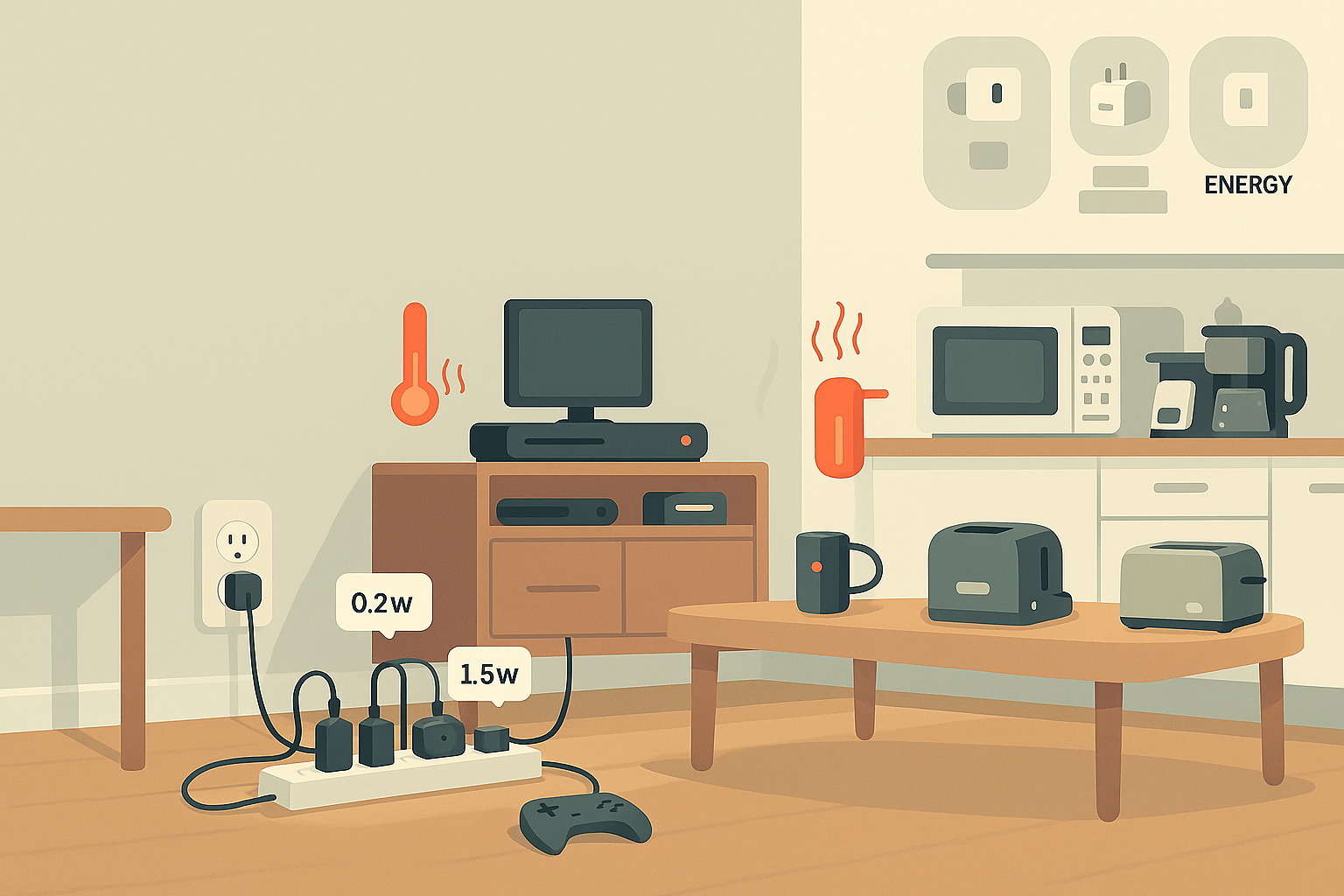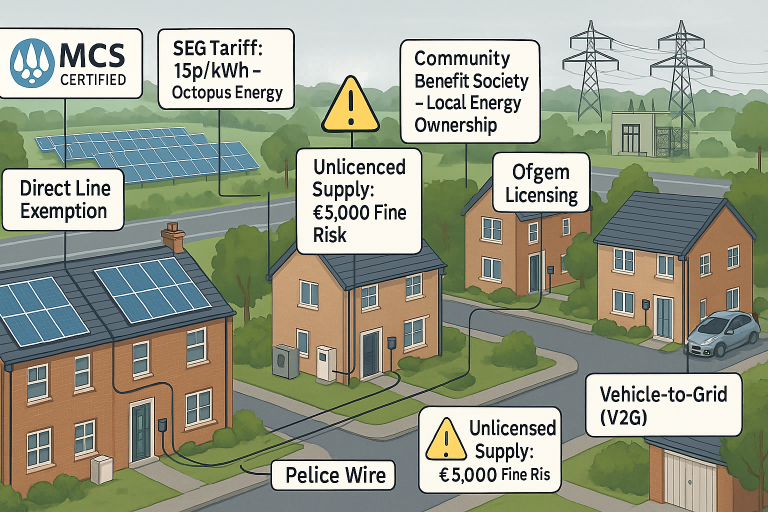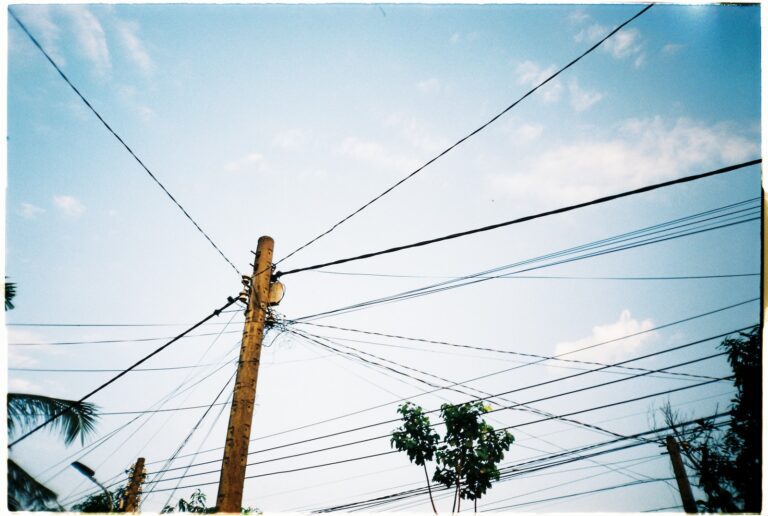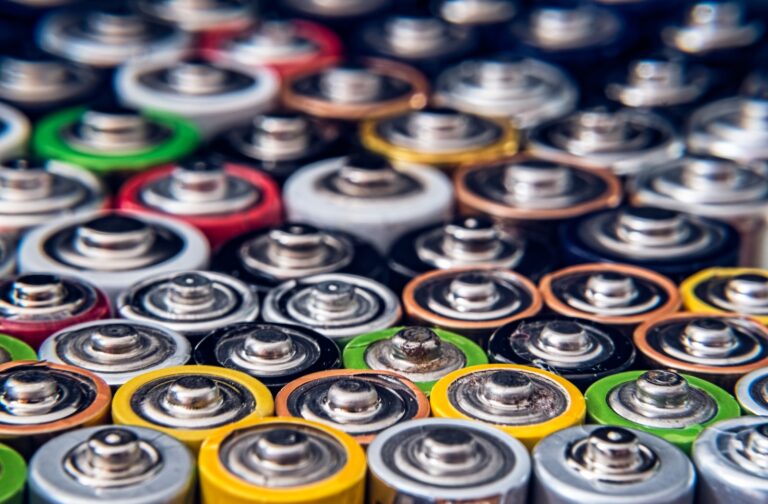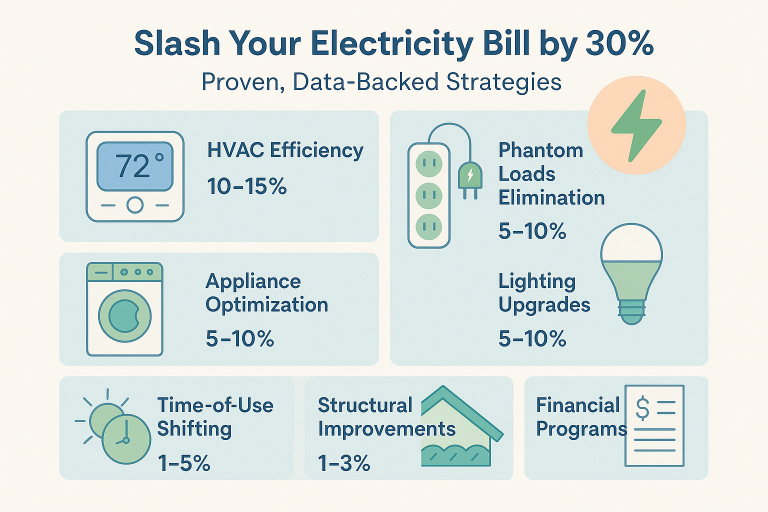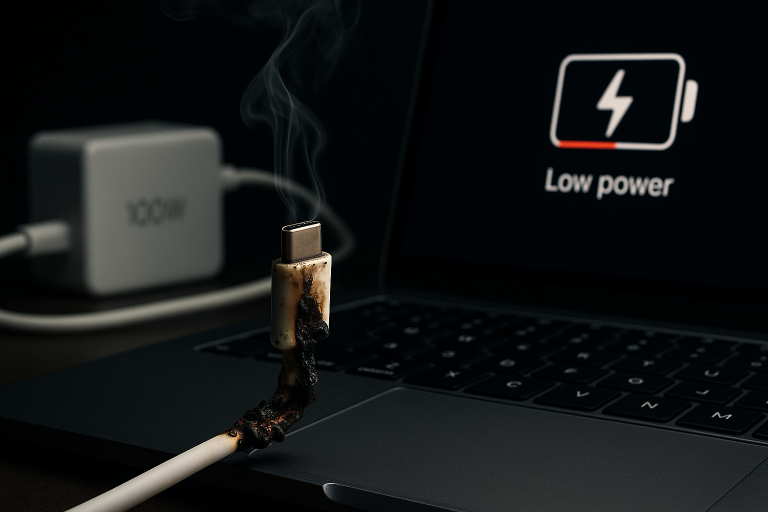Does Leaving Chargers Plugged In Waste Electricity? Myth vs. Fact
In today’s tech-heavy world, it’s common to see chargers plugged into outlets around the clock – even when they’re not actively powering a device. This habit has fueled a long-standing debate about energy waste, safety, and cost. The truth lies somewhere between myth and science.
This article explores what phantom power is, how much energy idle chargers really use, and whether you should be concerned about leaving them plugged in – all backed by facts, data, and practical advice.
What Is Phantom Power?
Phantom power, also known as vampire energy or standby power, refers to the electricity consumed by electronic devices when they are turned off or not in active use but still plugged in.
According to the U.S. Department of Energy, phantom loads account for 5–8% of residential electricity consumption, costing the average American household $165 per year. While this might seem small on an individual level, it adds up significantly across millions of homes.
Myth vs. Fact: The Charger Debate
Let’s separate fact from fiction when it comes to the energy use of idle chargers.
Myth 1: “Chargers Use Zero Power When Not Connected to Devices”
Fact: All chargers draw some amount of power when plugged in, even without a device attached. This energy powers internal circuits and LED indicators.
However, the actual amount varies:
- Smartphone chargers: ~0.05W–0.26W
- Laptop chargers (new): <1W; older models can reach up to 4.42W
- Power tool chargers: Up to 10W (older models), newer ones under 1W
While modern chargers are highly efficient, the conversion of AC wall current to DC for your device inherently leaks energy as heat when idle.
Myth 2: “Unplugging Chargers Saves Significant Money”
Fact: For individual chargers, savings are minimal. A single smartphone charger left plugged in 24/7 costs less than $0.50/year at an average rate of $0.16/kWh.
But here’s where it gets interesting:
| Device | Idle Power Draw | Annual Cost |
|---|---|---|
| New Phone Charger | 0.05–0.26W | ~$0.25 |
| Old Laptop Charger | Up to 4.42W | ~$6.20 |
| Old Power Tool Charger | Up to 10W | ~$14 |
| Gaming Console (Standby) | 10–15W | ~$21 |
When you consider that the average home has over 40 always-on devices, phantom loads become significant. Nationally, this adds up to $19 billion in wasted electricity annually.
Myth 3: “Leaving Chargers Plugged In Is a Major Fire Hazard”
Fact: While fire risks exist, they’re low for certified, well-maintained chargers. Most incidents involve:
- Damaged cords or plugs
- Counterfeit or uncertified chargers
- Overheating due to poor ventilation (e.g., behind furniture or under rugs)
According to the National Fire Protection Association (NFPA), electrical failures cause only 10% of U.S. home fires, with chargers being a small subset of these cases.
Still, if a charger feels warm when idle, it’s a sign of inefficiency or failure — unplug it immediately.
Myth 4: “All Chargers Waste the Same Amount of Energy”
Fact: Efficiency varies widely depending on age, design, and certification:
- EU regulations cap standby power at 1W for new chargers.
- ENERGY STAR-certified chargers are 30–50% more efficient than non-certified models.
- Fast chargers (like 65W laptop adapters) often have better idle efficiency than older 5W phone chargers.
Newer technology and regulatory standards mean modern chargers are far more energy-efficient than their predecessors.
Environmental Impact Beyond the Bill
Phantom energy isn’t just a financial issue — it has real environmental consequences.
- Phantom load emissions generate 44 million tons of CO₂ yearly in the U.S. alone — equivalent to 50 coal-fired power plants.
- Although manufacturing and shipping chargers create emissions, the overall lifecycle benefits of reducing idle energy use are clear.
Even small changes, like unplugging old chargers or using smart strips, can help reduce your carbon footprint.
Battery Life Myths Busted
One common concern is whether leaving devices plugged in overnight harms batteries.
Myth: “Leaving your phone plugged in kills the battery.”
Fact: Modern smartphones and laptops stop charging once they hit 100%. They then enter a trickle-charge mode to maintain capacity.
The real enemy of lithium-ion batteries is heat:
- Temperatures above 35°C (95°F) accelerate battery degradation.
- To protect your battery, remove thick cases while charging and avoid direct sunlight or hot environments.
Practical Solutions to Cut Phantom Load
Reducing phantom energy doesn’t require drastic lifestyle changes — just a few smart habits and tools.
Smart Tech Fixes
- Smart Power Strips: Automatically cut power to idle peripherals when the main device is off (e.g., turn off TV speakers when the console sleeps).
- Wi-Fi Outlets: Schedule chargers to shut off during off-hours.
- Whole-Home Energy Monitors: Track vampire loads and optimize usage (e.g., Sense, Smappee).
Behavioral Shifts
- Group chargers on one switched outlet near high-use areas like your desk or kitchen.
- Unplug infrequently used items like holiday lights, backup batteries, or seasonal tools.
- Prioritize high-draw devices — focus more on game consoles, old TVs, and outdated appliances than on modern phone chargers.
Quick Unplug Guide
| Unplug These | Safe to Leave Plugged |
|---|---|
| Old chargers (>10 years) | New smartphone chargers |
| Warm-to-the-touch units | ENERGY STAR-certified devices |
| Counterfeit/uncertified adapters | Chargers with automatic shutoff features |
Final Verdict: Should You Unplug Chargers?
Yes — but strategically.
- A single modern phone charger wastes very little power (~$0.25/year), but collectively, idle devices add up to billions in wasted energy nationwide.
- Focus on older, warm, or uncertified chargers first.
- Prioritize high-wattage devices like gaming consoles and outdated appliances.
Pro Tip: If every U.S. household used smart power strips for entertainment systems and chargers, we could save $8 billion in energy waste annually — proving that small actions do matter at scale.
Conclusion
Phantom power may seem like a minor issue, but its cumulative effects on your bill and the environment are significant. While modern chargers are far more efficient than before, old, damaged, or poorly designed devices still contribute to unnecessary energy use and potential safety hazards.
By adopting simple habits and leveraging smart technology, you can reduce your energy waste, lower your bills, and support a cleaner planet — one unplugged charger at a time.

